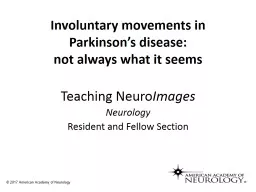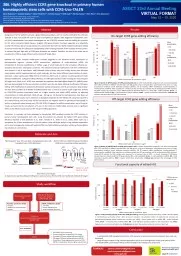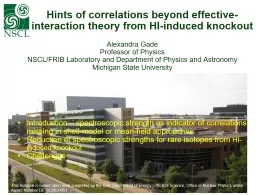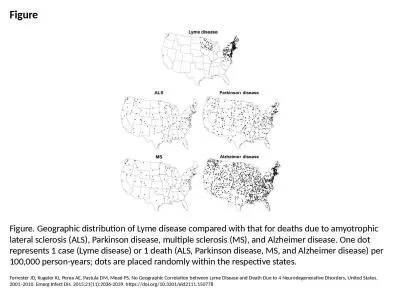PPT-Does a knockout of NDUFA2 Lead to Parkinson’s Disease?
Author : alida-meadow | Published Date : 2017-10-16
Ruairidh Barlow What is Parkinsons Disease PD Age related neurodegenerative disease Symptoms tremors stiffness and slow movement MPP Induces Parkinsons Symptoms
Presentation Embed Code
Download Presentation
Download Presentation The PPT/PDF document "Does a knockout of NDUFA2 Lead to Parkin..." is the property of its rightful owner. Permission is granted to download and print the materials on this website for personal, non-commercial use only, and to display it on your personal computer provided you do not modify the materials and that you retain all copyright notices contained in the materials. By downloading content from our website, you accept the terms of this agreement.
Does a knockout of NDUFA2 Lead to Parkinson’s Disease?: Transcript
Download Rules Of Document
"Does a knockout of NDUFA2 Lead to Parkinson’s Disease?"The content belongs to its owner. You may download and print it for personal use, without modification, and keep all copyright notices. By downloading, you agree to these terms.
Related Documents














